How to implement inclusion in physical education classes
March 4, 2024
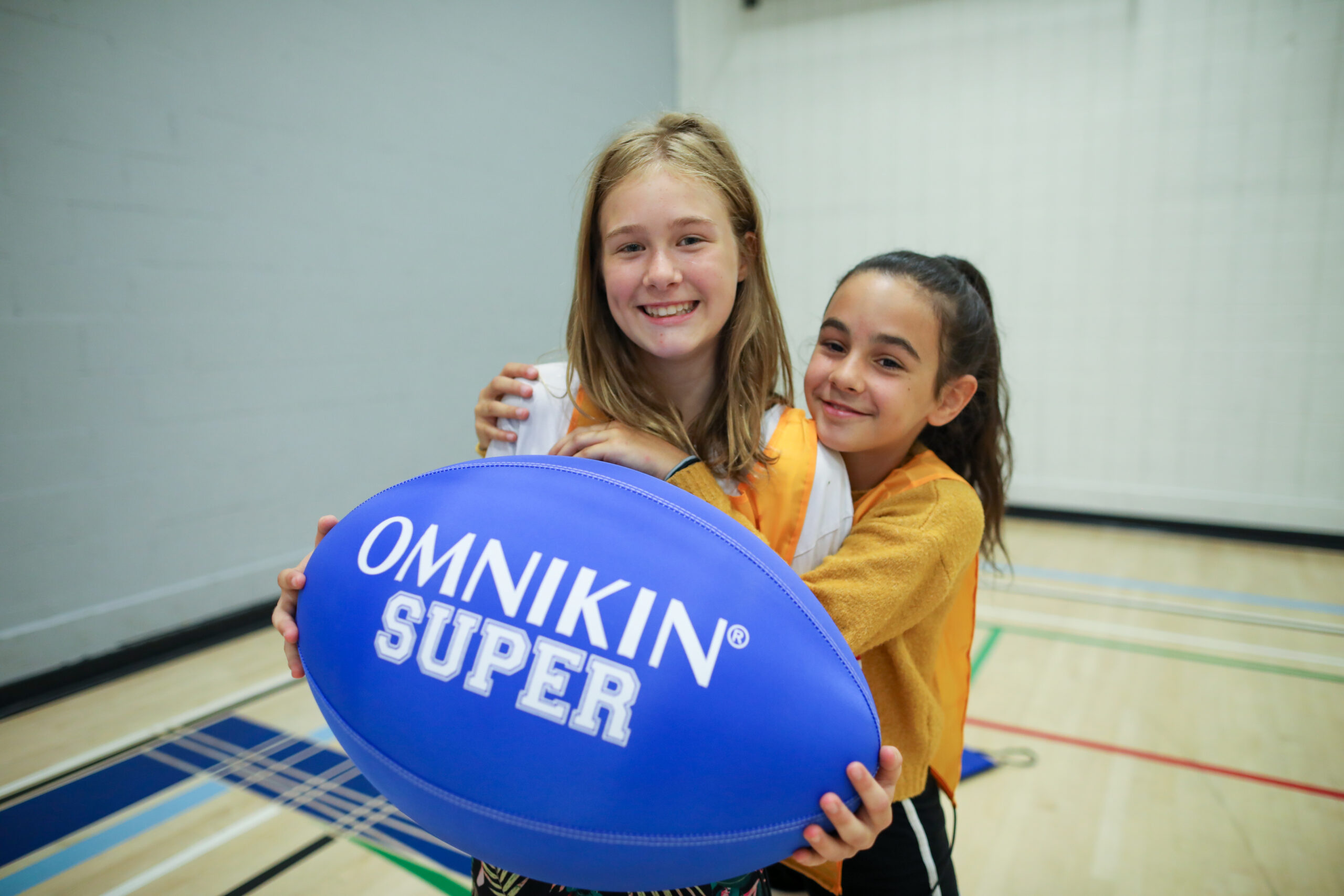
In physical education, PE classes are not just a playground for the athletically inclined but an environment for inclusivity and engagement. The challenge for PE instructors is transforming traditional gym periods into dynamic sessions catering to students’ diverse abilities and interests. Here’s how seasoned PE teachers are doing it, as per insights from Omnikin’s network of PE experts. Discover their top tips on how to add inclusive games in physical education.
Top ways to promote inclusion in physical education
Expand your physical education horizons
Physical education classes should always include a holistic strategy to movement, health, and enjoyment. It’s important to move past the conventional array of sports and consider a wider variety of activities. By doing so, we can ensure that every child, regardless of their athletic ability, finds a place where they can succeed.
Activities that focus on teamwork and individual milestones, rather than just winning or losing, can help students appreciate the joy of movement. Games and exercises that encourage participation without the fear of underperforming or the pressure to be the best allow students to engage at their own pace. Omnikin’s range of inclusive PE games, for example, provides accessible options that prioritize fun and participation over competition, levelling the field for all students and allowing each one to find their strength.
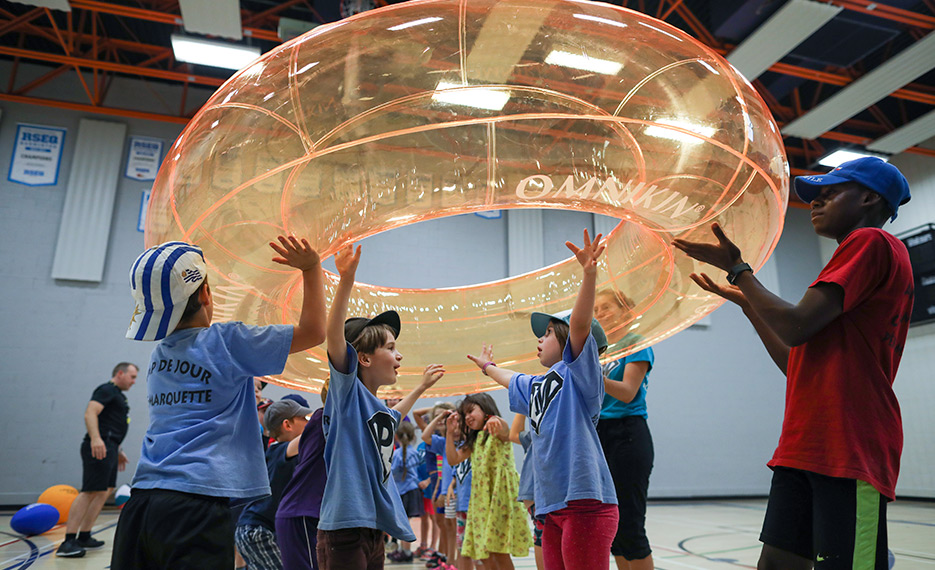
Build deep connections with students
The essence of an engaging and inclusive physical education class lies in the relationship between the teacher and the students. It’s about seeing beyond the numbers and recognizing each face and unique trait. It can be challenging with larger groups, but taking the time to learn about students’ interests, motivations, and individual needs can be transformative.
Acknowledging every student’s presence, celebrating their progress, however minor, and providing a nurturing environment is key. These connections empower students, make them feel valued, and encourage full participation. When a student believes that their teacher sees them as an individual, not just another kid in the class, it opens doors to increased willingness to try new things.
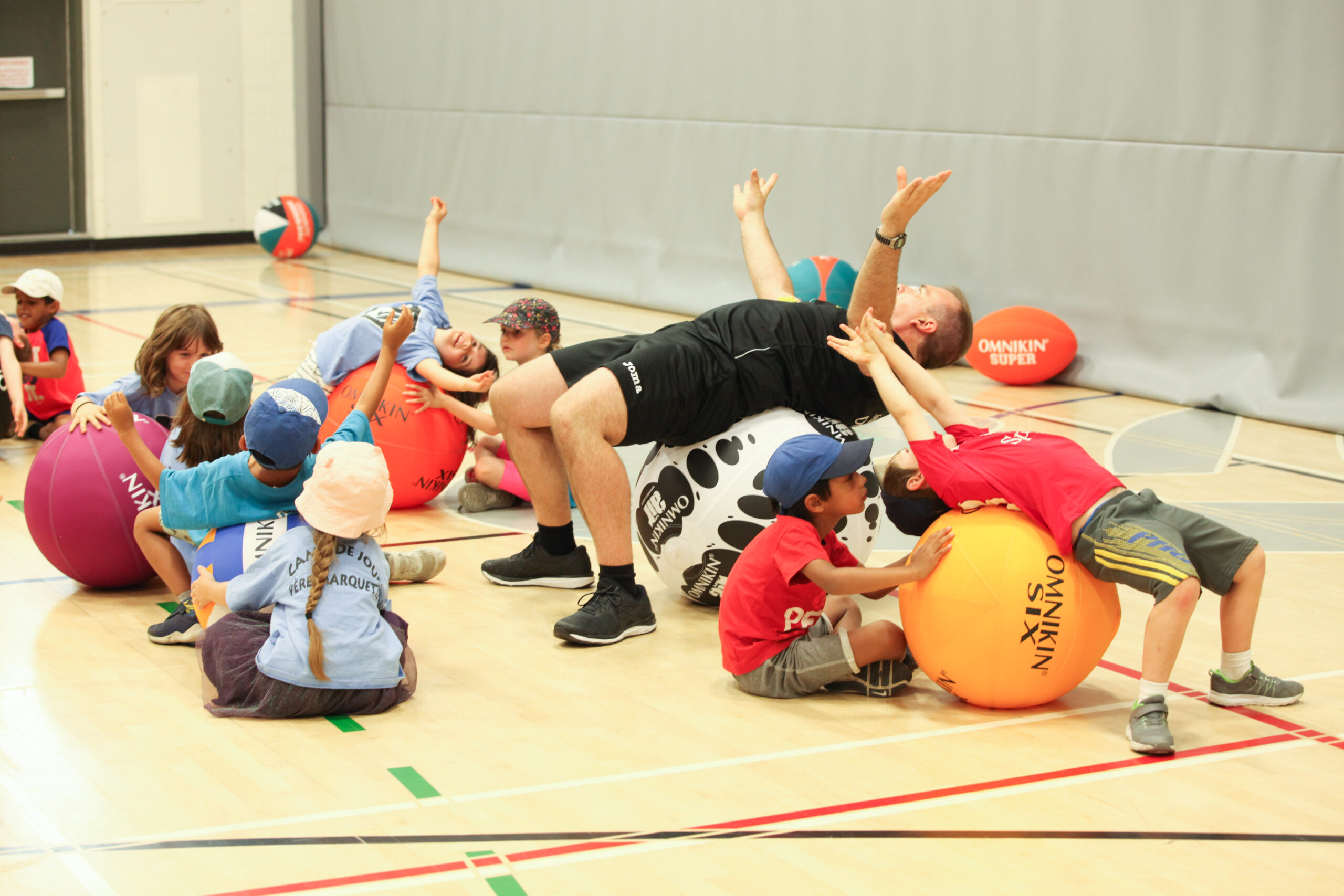
Collaboration for a unified approach to inclusion in physical education
Physical education classes should not exist in a vacuum, separate from the rest of a student’s learning experience. Collaboration with other teachers, advisors, and school staff is vital in creating a cohesive learning journey for students. Sharing insights and successful strategies can help align educational goals across different facets of a child’s school life.
A unified approach ensures that every aspect of a student’s development is considered, allowing for a supportive network that nurtures their physical and educational growth.
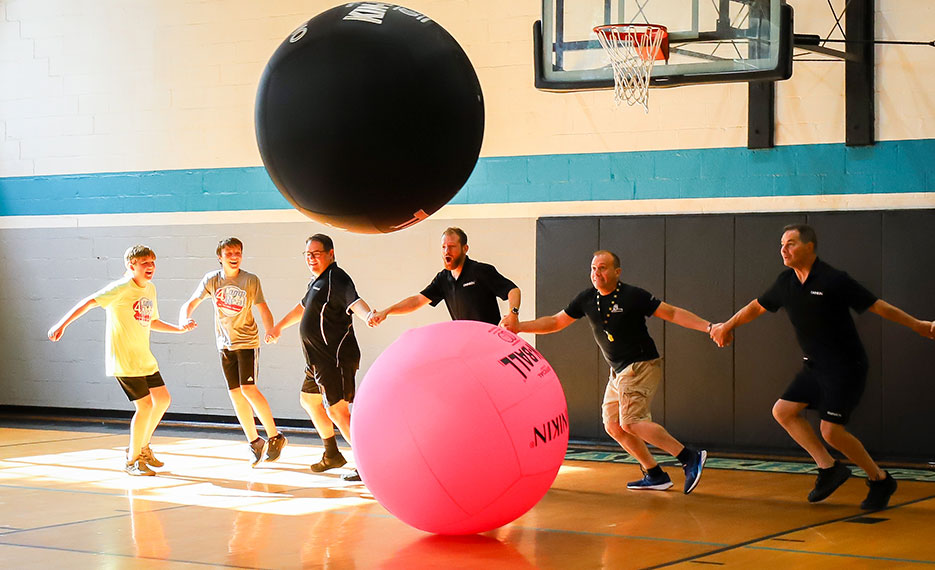
Encouraging student-led initiatives
When students seem disinterested or disengaged, it may be time to hand them the reins. Allowing them to contribute ideas for class activities gives them a vested interest in their physical education class experience. Whether it’s a game they’ve seen online or a sport they’ve watched on TV, incorporating their suggestions into the curriculum can spark enthusiasm and motivation.
Guiding them to understand the educational objectives behind each activity can also lead to innovative approaches to learning these skills. When students feel that their voices are heard and their ideas valued, they are more likely to take ownership of their learning and fully engage in the process.
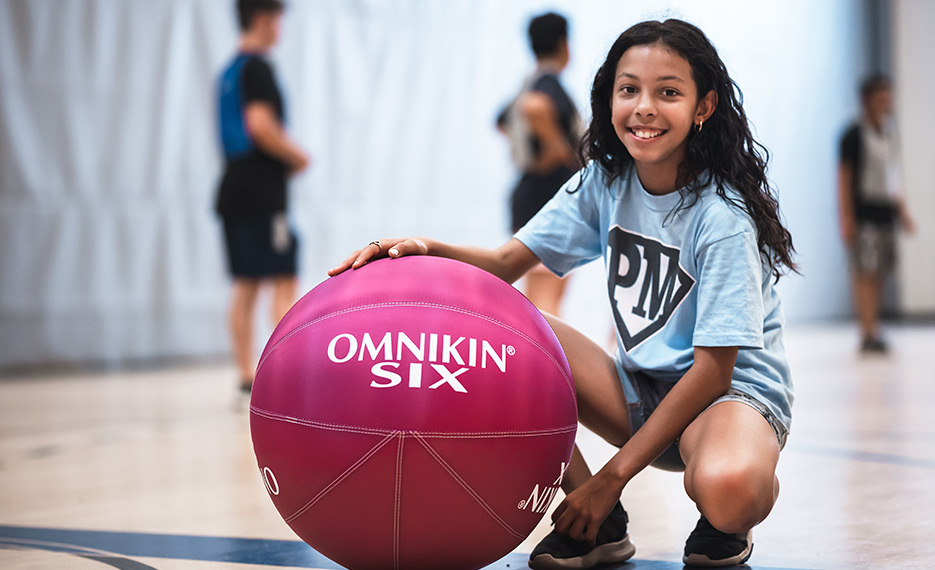
Use adaptive PE equipment for inclusion in physical education
The right tools can make a world of difference in a PE class. Exploring new types of equipment that cater to various abilities can introduce a fresh dynamic into your sessions. Consulting with fellow PE teachers and attending conferences can provide insight into what’s new and what’s effective.
Companies like Omnikin offer equipment designed for inclusive play, which can be instrumental in teaching new skills in an engaging way. By staying current with innovative tools and methods, PE classes can be transformed into an environment where every student can participate and succeed.

Prioritizing the whole child
Physical education is uniquely positioned to address physical literacy as well as emotional and mental wellness. For many students, physical education classes are a joyful break from the rigours of academic life, a time for laughter and release. Recognizing and utilizing these moments is essential to foster a supportive atmosphere where students can express themselves freely.
Opening discussions about feelings and well-being can be instrumental in building trust and confidence within the class. Utilizing positive role models and leaders within the group can encourage others to share and engage, creating a supportive and nurturing environment for all.
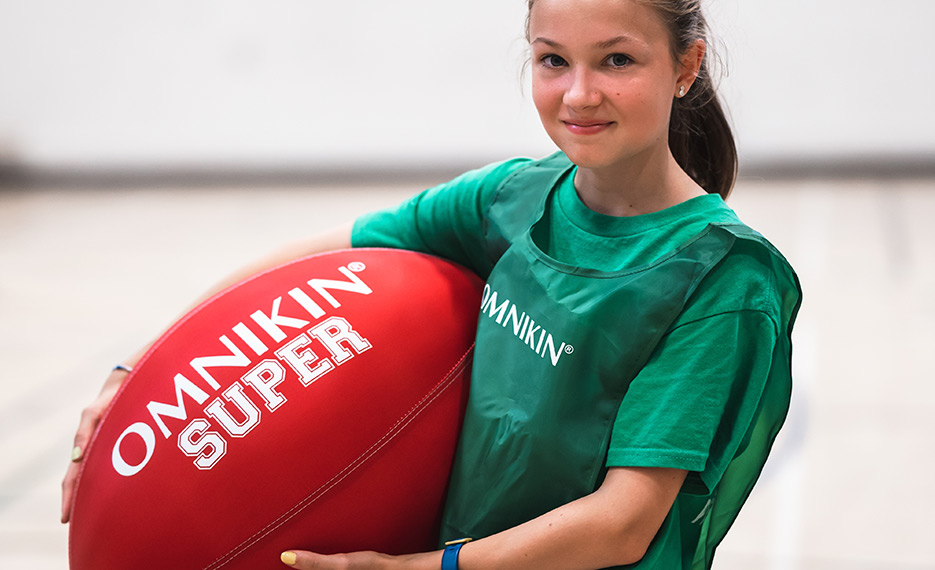
Peer learning for social and skill development
Peer teaching is an excellent strategy for promoting inclusion and skill acquisition. By pairing students of varying abilities, those who are more proficient can share their knowledge, while those who may struggle to receive support in a non-threatening way.
This approach promotes mutual respect, fosters new friendships, and builds a community within the classroom where each student can feel like an essential part of the team. It also allows students to demonstrate leadership and helps develop communication and teaching skills in the real world.
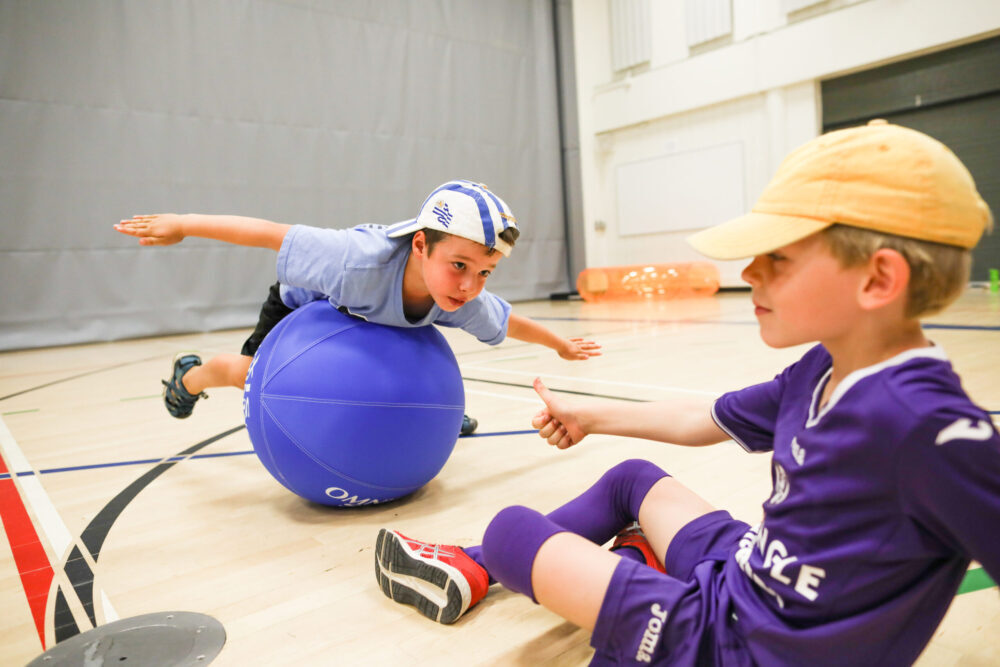
Lifelong learning for educators
For educators, professional development is not a luxury; it’s a necessity. Staying up-to-date on the latest teaching strategies, educational research, and best practices for inclusion in physical education is essential for delivering a PE program that is both current and effective.
Attending PE workshops and conferences can rejuvenate your teaching approach and bring new ideas to the forefront. Going beyond personal development, PE teachers can take the initiative to organize district-wide training, spreading the benefits of new knowledge and ensuring that all educators are equipped with the best tools to support their students.
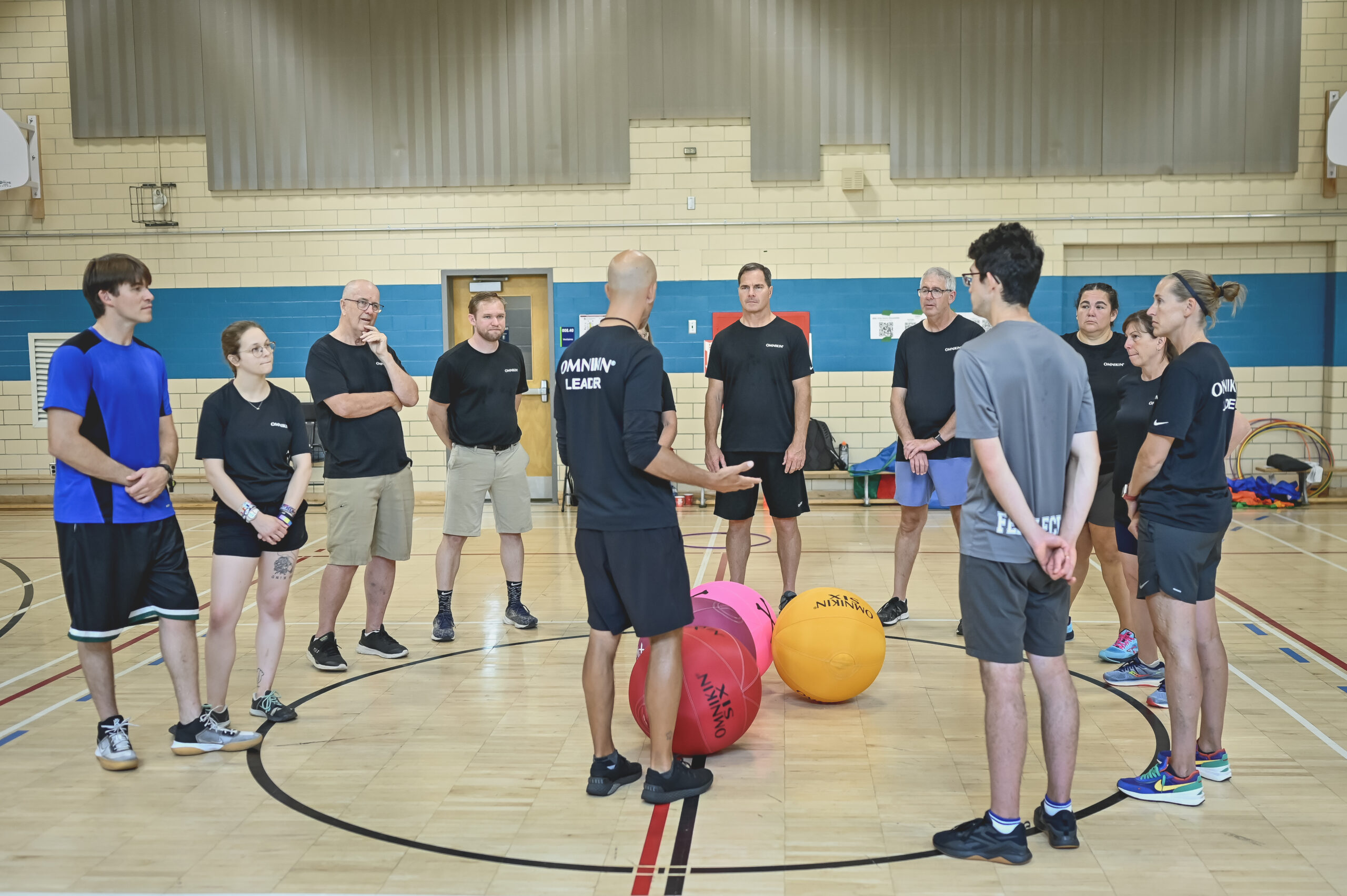
Incorporating these methods into your teaching practice can transform your physical education classes into inclusive environments where every student is engaged, empowered, and given an opportunity to excel. By focusing on inclusivity, connection, and continuous improvement, PE can be a driving force in developing well-rounded, confident, and healthy adults.
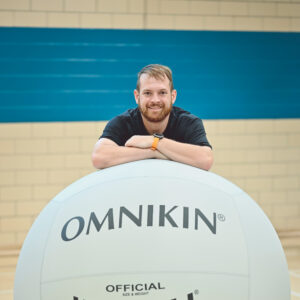
Physical education teacher
International Workshop development coordinator
Profil LinkedIn
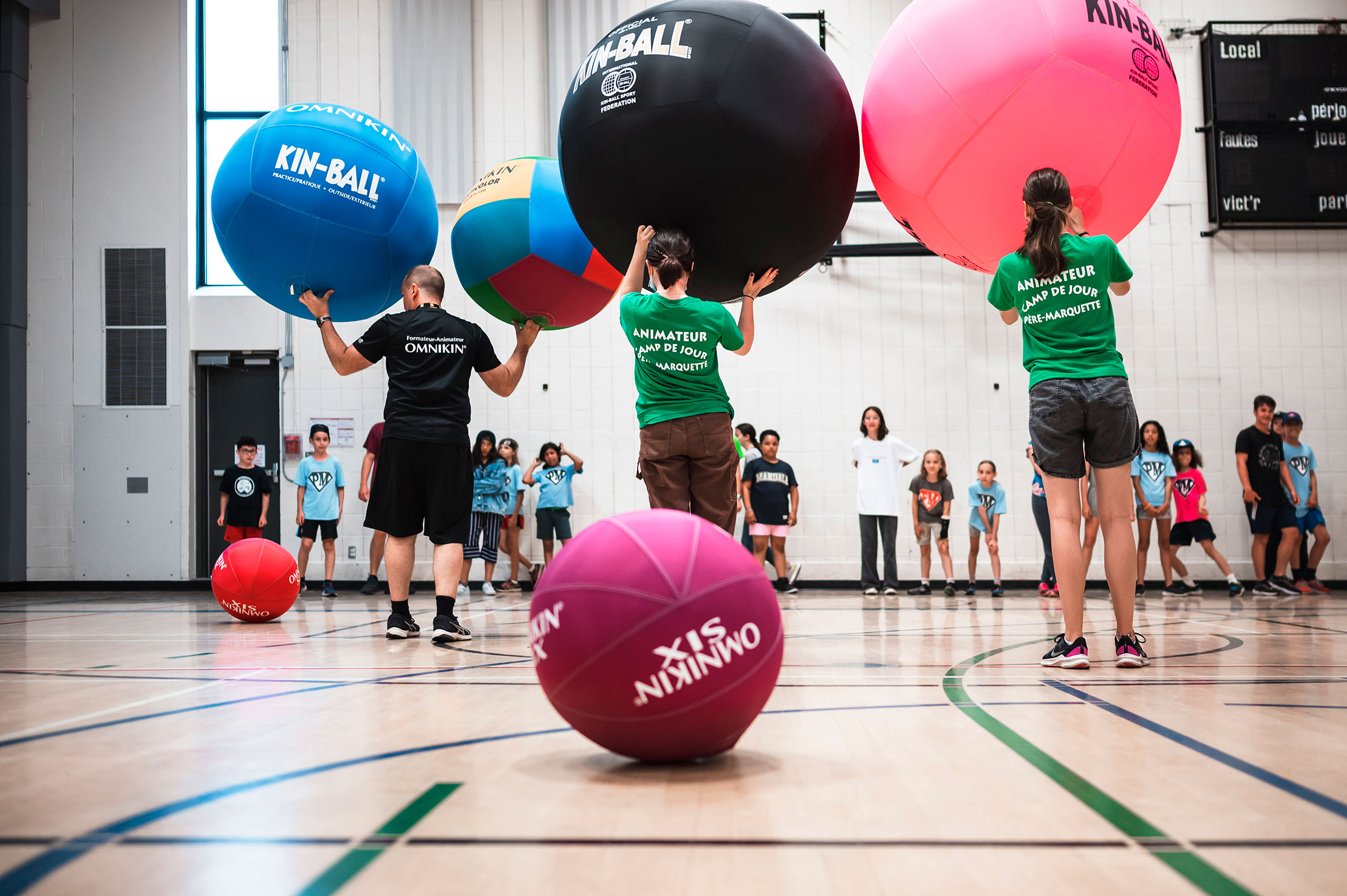
Our PE Games
Omnikin has developed a wide variety of lively PE games and activities for participants of all ages, skill level and experience. Let’s keep the fun in physical activity!
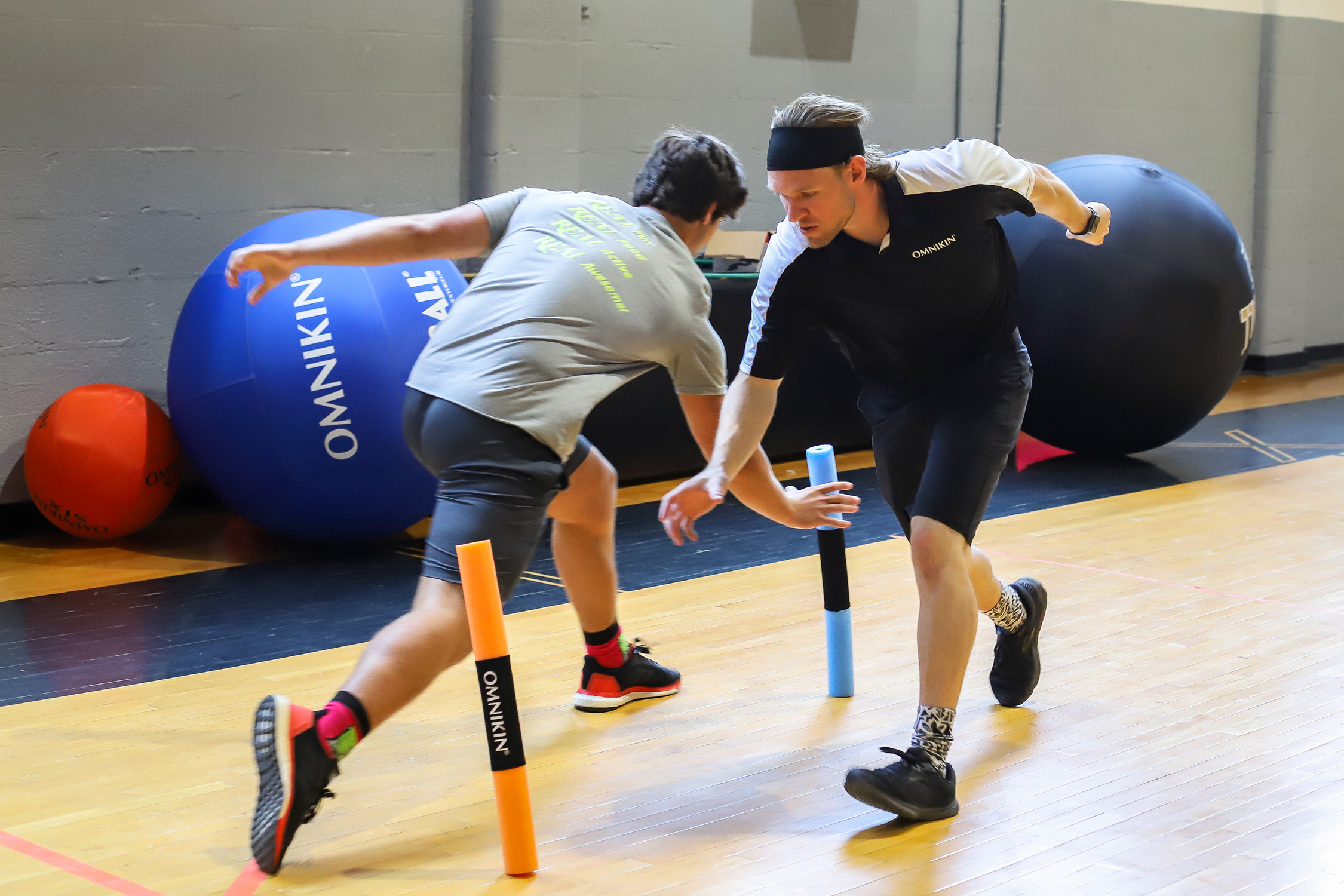
Our workshops for PE Teachers
To optimize organizing Omnikin physical education activities and the use of our products, we offer a range of training sessions.
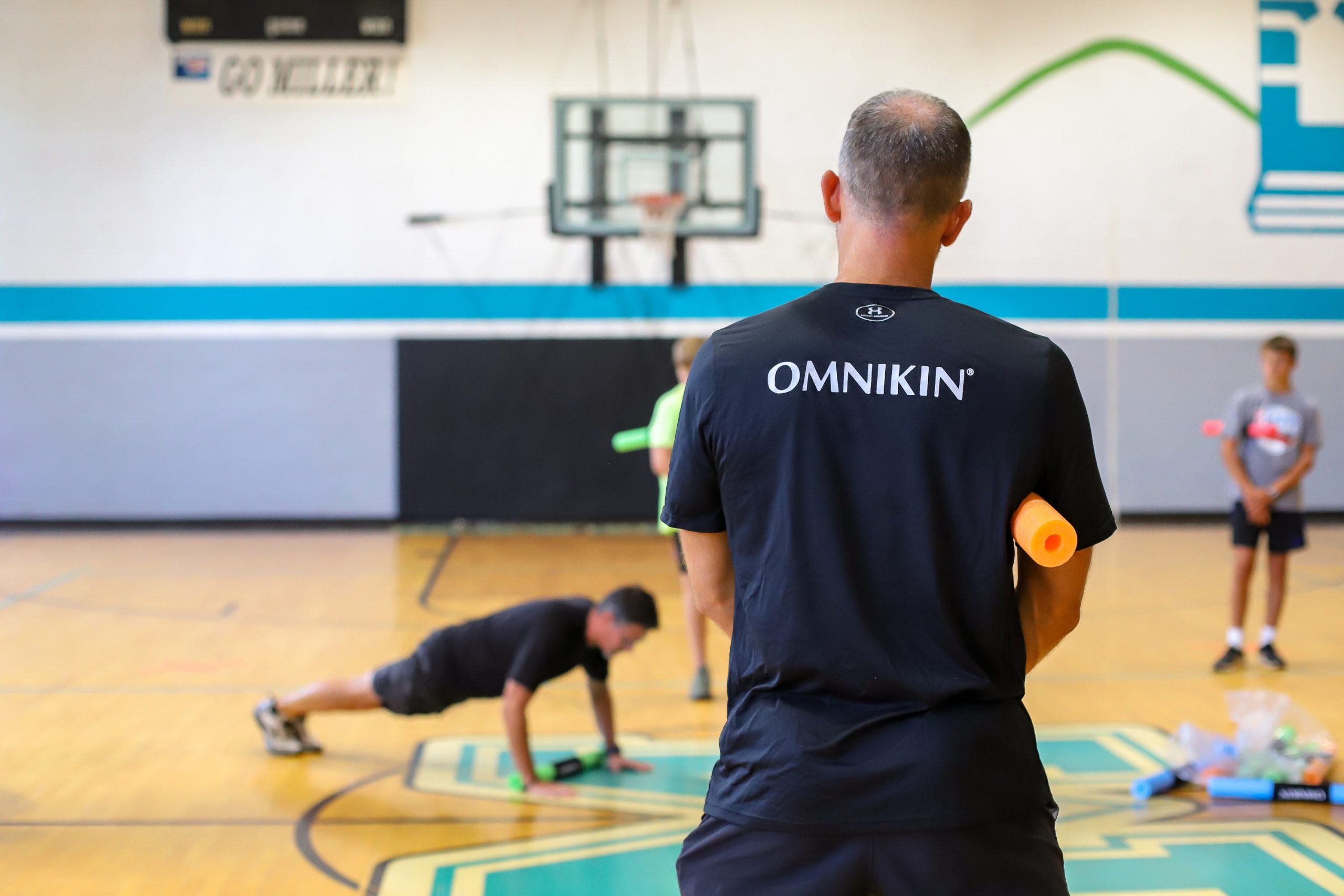
Explore our articles
Dive into the world of Omnikin by reading our latest publications. Discover practical tips and information for sports, games and other activities for all types of participants.
